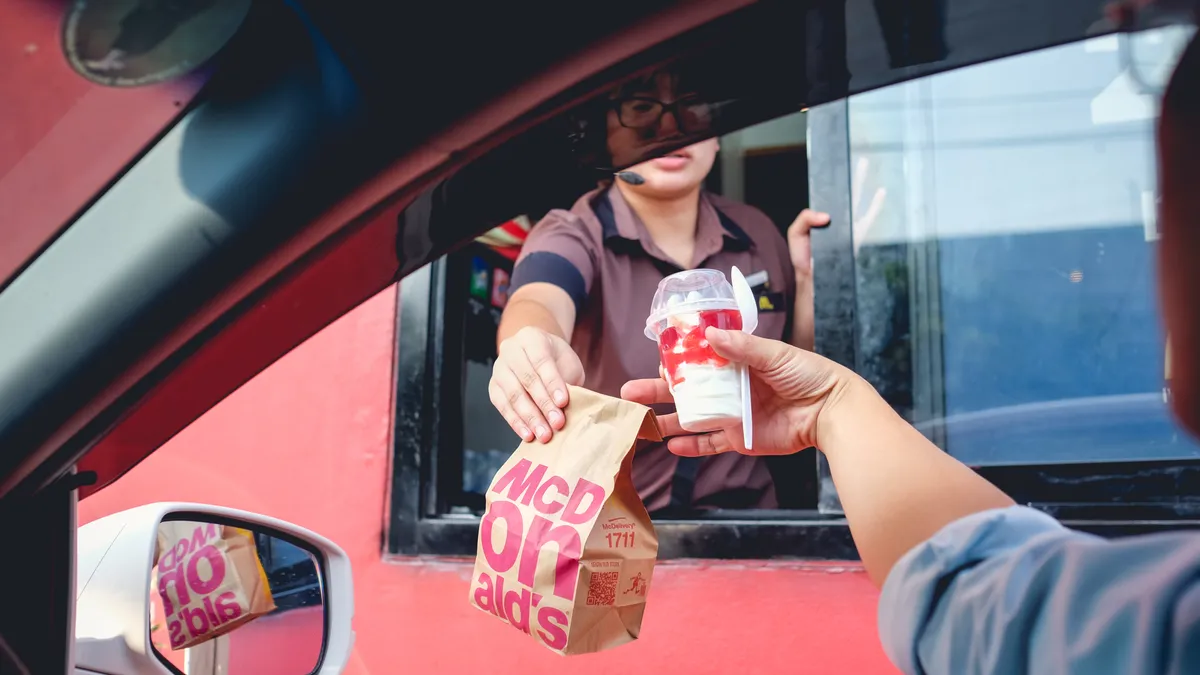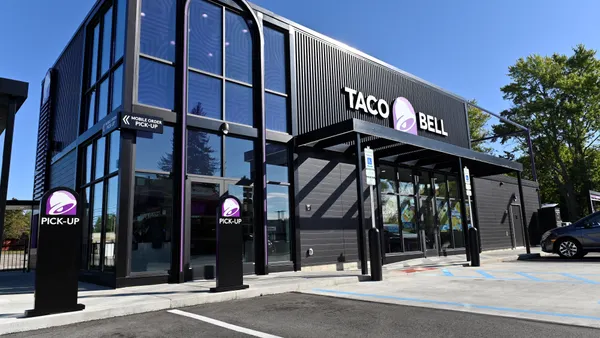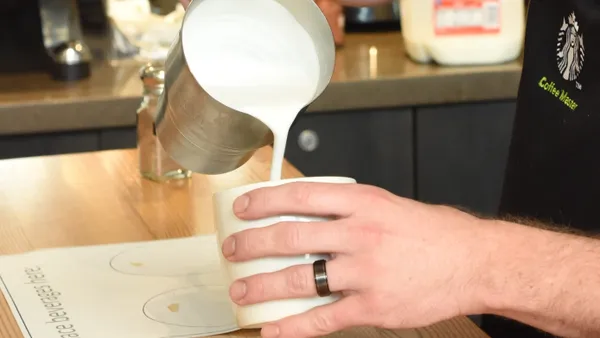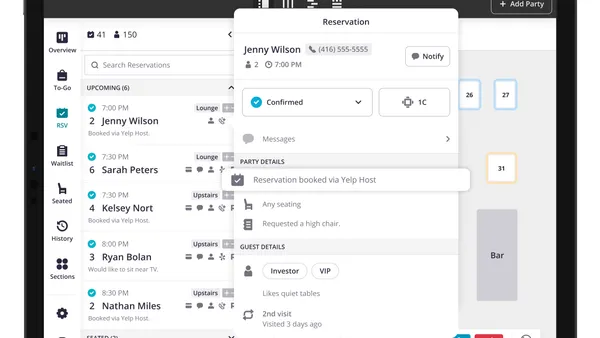The following is a guest post from Brian Czarny,CMO at location data firm Factual.
Just when you thought that federal government shutdowns were no longer a concern, they were back in the news this week. Another shutdown suddenly looms this fall as the White House and Congress attempt to address their differences around budgetary concerns. It’s even been recently suggested to federal workers that they need to save money and be prepared for another stoppage of their paychecks.
Restaurants should also have a plan after getting hit hard by the last shutdown, which was the longest in U.S. history at 35 days. No town was hit harder than Washington, D.C., especially restaurants that depend on the lunchtime and dinner business from the federal government’s 420,000 local employees. (While D.C. is our federal epicenter, there are 2 million federal employees across the country.
National chains and local restaurants in D.C. were significantly hurt, according to footfall data analyzed by a team at our company, Factual. The data compares the prior handful of weeks to the 35-day shutdown.
The eateries below are located within walking distance of either the U.S. Department of State, The White House, the Smithsonian or the National Portrait Gallery. We’ll start with the drastic damage done to eight national chains.
-
A Starbucks location had an 88% decrease in footfall while another dealt with a 71% decline
-
One Chick-fil-A storefront experienced an 87% slide
-
Peet’s Coffee & Tea suffered an 85% drop at one location
-
A Panera Bread saw an 84% decrease
-
Dunkin' dealt with an 83% drop at one location
-
Subway lost out on 82% in footfall in one spot while another location had an 80% decrease
-
Little Beet, a fast-casual restaurant, suffered an 81% decline in one location
-
Potbelly Sandwich Shop’s footfall saw a 76% slide in one storefront
Big players weren’t the only ones impacted by the shutdown. Foot traffic at these seven local restaurants fell significantly, as well.
-
Tonic at Quigley’s, an American comfort food spot, saw a 78% drop
-
The Public Bar, a sports bar with a full menu, suffered a 76% decline
-
Carvings, a fast casual sandwich restaurant, experienced a 76% decrease
-
IL Creations, a popular buffet for National Mall workers, saw a 76% slide
-
Ella’s Wood-Fired Pizza lost out on 75% of its regular foot traffic
-
The Uptowner Cafe suffered a 70% drop
-
GW Delicatessen dealt with a 74% decrease
It’s interesting that the footfall stats for national chains were a bit worse than what’s seen above for local restaurants. Washingtonians were more loyal to their local eateries during the shutdown, which, while not entirely surprising, underscores how chain restaurants need to make each customer feel like such businesses are part of the neighborhood and aren't just corporate brands.
Now is the time to prepare
Hopefully, our national politicians will work together to avoid more federal government shutdowns. Lawmakers need to understand the economic impact of these impasses — the last shutdown cost the U.S. at least $3 billion. But the next shutdown could come sooner than we think, particularly with a divided government.
To prepare for the next one, restaurants should begin planning now by developing a digital and creative toolkit. Their marketing teams should plan targeted promotions — mobile-minded content that is relevant to the shutdown — that will help get people back in the door. They can also think outside of the box with tactics like pop-up locations or participate in efforts like #ChefsforFeds.
More sophisticated measures should also be considered. Foot traffic data from the last shutdown can be used by national chains to help their franchisees understand what they’ll likely contend with, allowing them to preempt some of the loss of business they recently suffered by adjusting their supply chain and operations. Could Starbucks, for example, reduce its dairy order so they don’t waste milk?
Quick-service players can also use geofenced promotions to target the people who are in the area or employ geoconquesting like Burger King brilliantly pulled off a few months ago. And, starting now, local restaurants should ramp up their email and text message lists by asking patrons in-store, on Facebook, on Instagram, etc. to opt-in for future messages, allowing the eateries to pull in more customers with special offers during a shutdown. Indeed, restaurants need to stay one step ahead and find a way to mitigate another huge decline in foot traffic.
In the meantime, we can hope to avoid shutdowns and communicate their impact on local restaurants and fast food chains. These situations don’t just affect D.C.; after all, 79% of federal employees are located across the country. These shutdowns hurt hard-working restaurateurs in nearly every town. Next time, they need to be more prepared.











